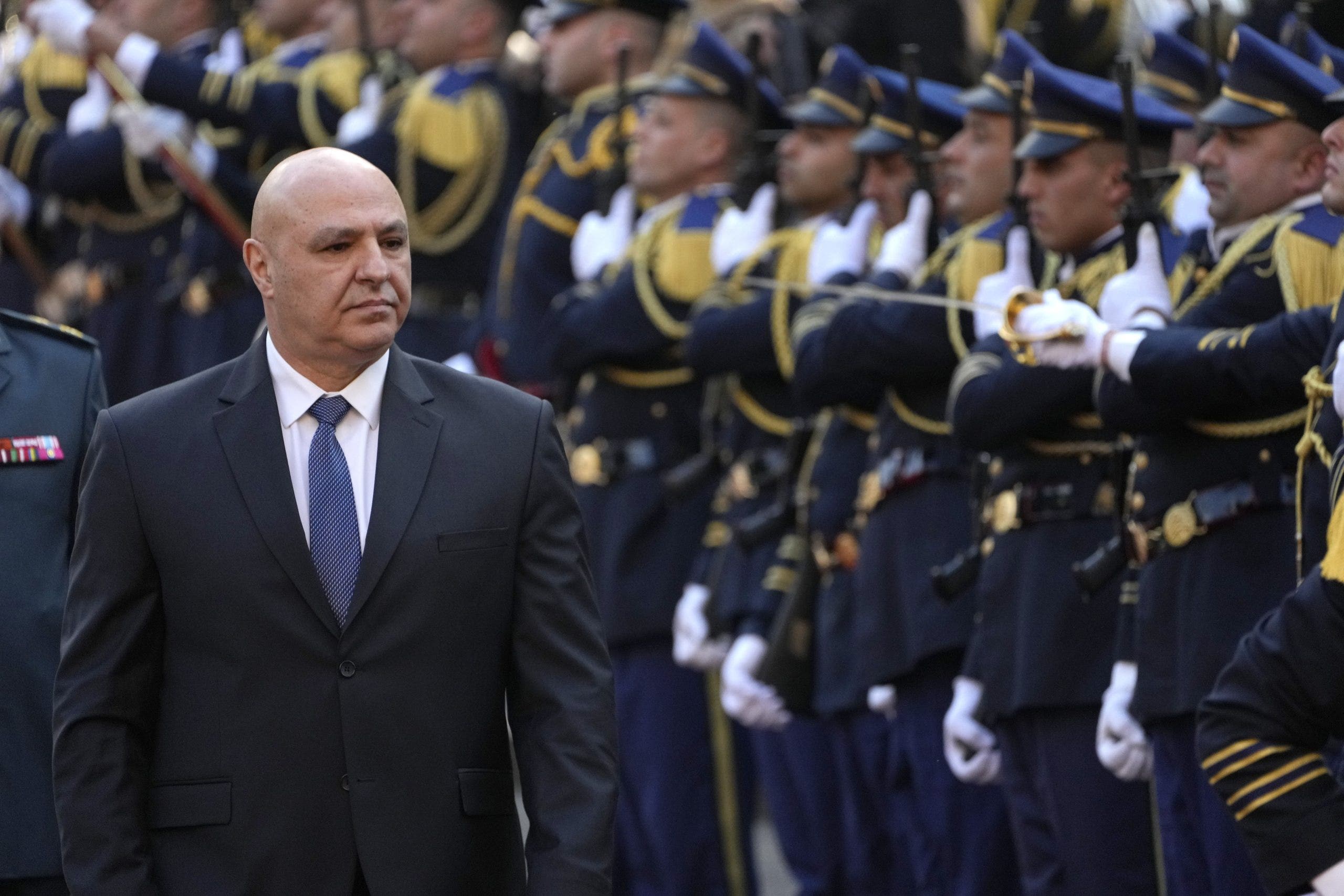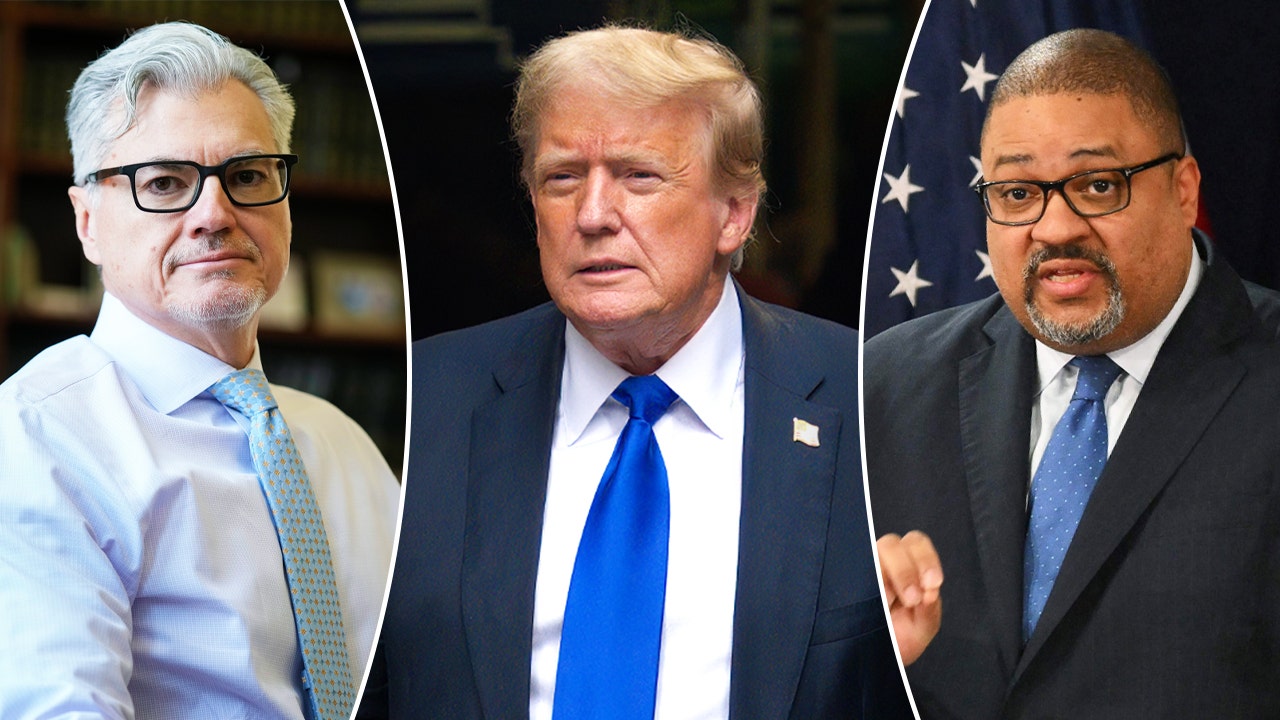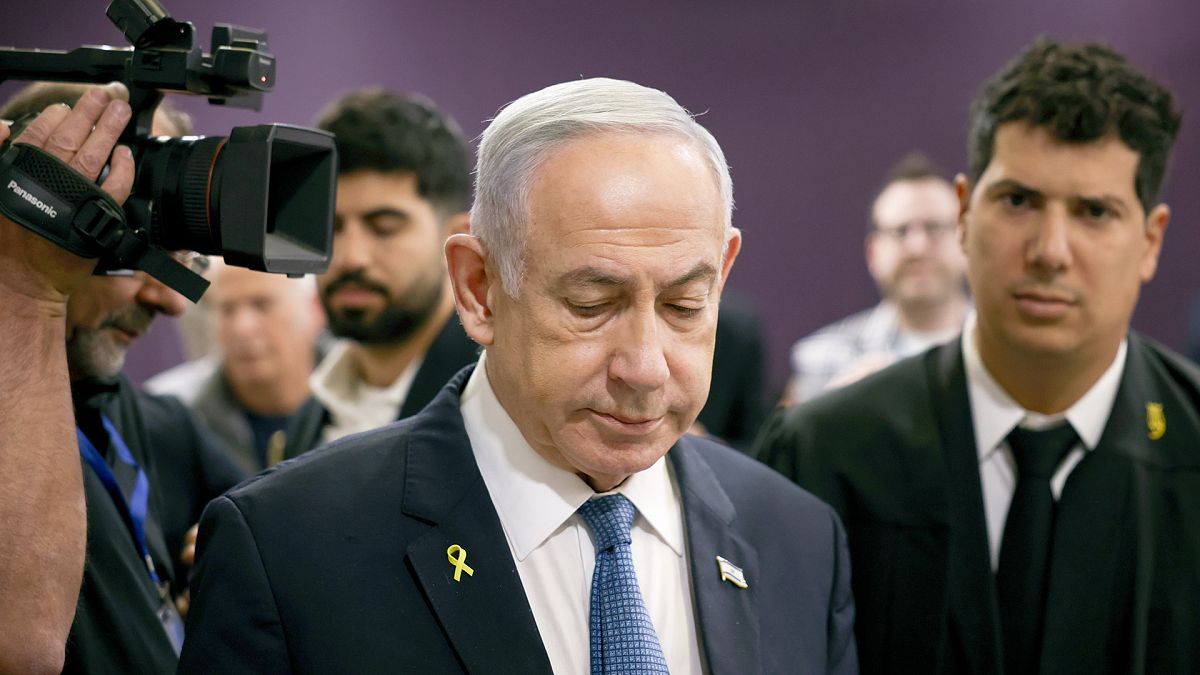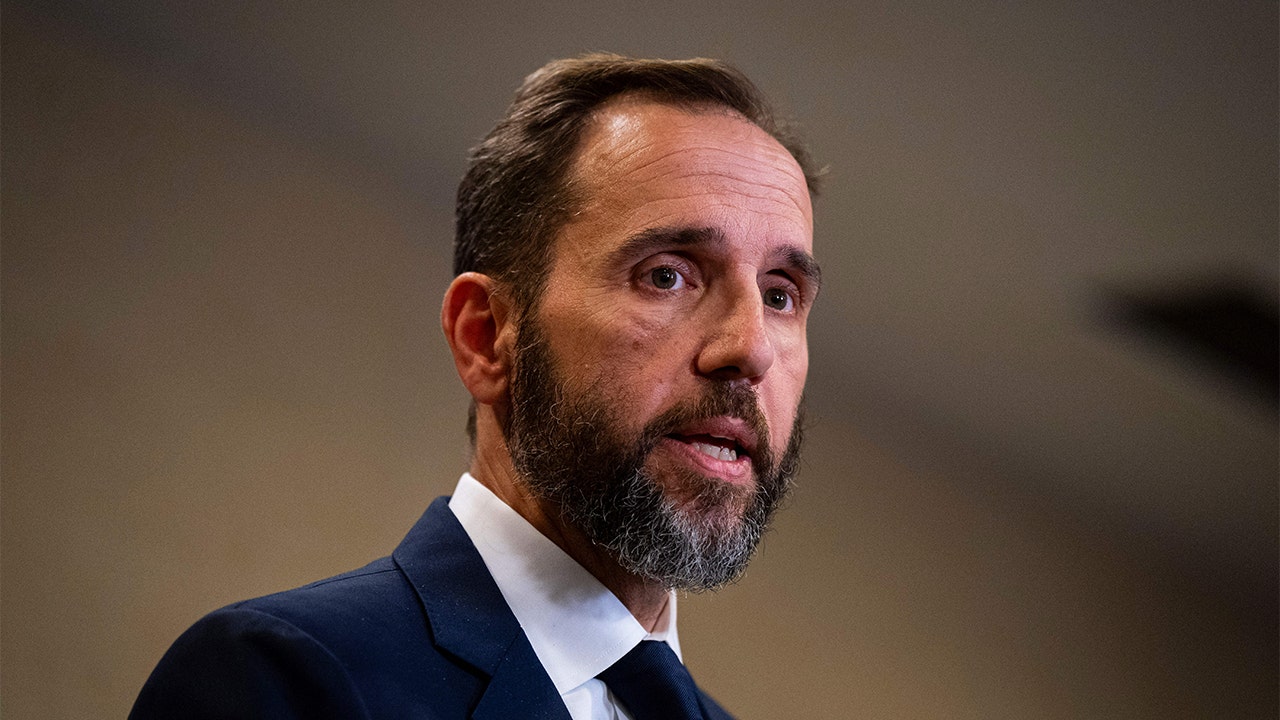Hawaii
Return of conferences critical to Hawaii’s tourism recovery, industry official says
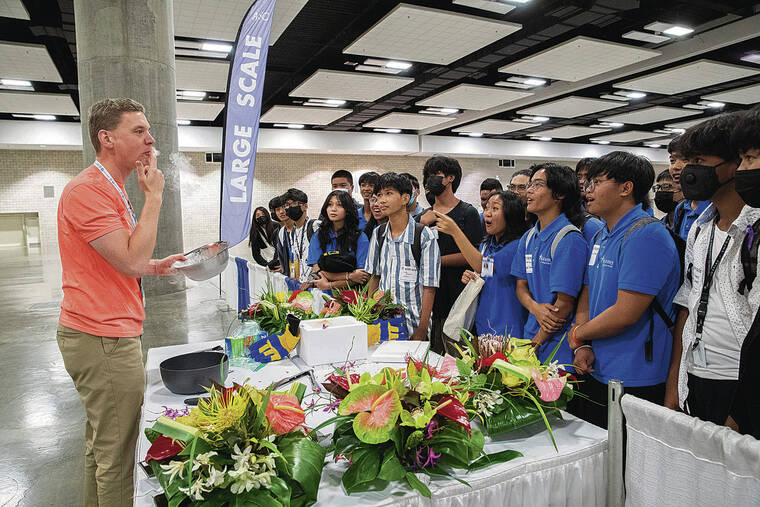

Hawaii
Trade winds to bring sunshine and windward showers this weekend

HONOLULU (KHON2) — Heavy showers are moving through the islands Thursday night. The moisture is due to storm remnants from a former cold front. Trade winds are expected to push in a drier airmass into the islands this weekend, with drier than normal conditions through next week Wednesday.
Friday:
- Expect: Trade wind showers, mainly windward and inland areas of Maui County and the Big Island.
- Possible: Heavier showers on the Kona slopes of the Big Island.
- Chance of: Thunderstorms around Maui in the morning and on the Kona slopes in the afternoon.
Weekend:
- Expect: Enhanced trade wind showers, especially upstream of the Big Island and east Maui.
- Generally: Fair weather over Kauai and Oahu.
Next Week (First Half):
- Expect: Drier and more stable conditions statewide.
- Possible: Brief weakening of trade winds on Monday.
- Return of: Moderate trade winds on Tuesday.
Hawaii
ALICE Report: 1 in 3 Hawaii families considering moving away

HONOLULU (HawaiiNewsNow) – A new Aloha United Way report released today shows 1 in 3 Hawaii households considered moving away over the past year. Should the trend continue, it would have a devastating impact on our economy.
Hawaii’s high cost of living and lack of affordable housing mean more than half a million residents are barely scraping by.
That’s one of the findings from the 2024 State of ALICE in Hawaii report, which looks at the struggles of Asset Limited, Income Constrained, Employed households, known as ALICE.
First the good news: fewer Hawaii households are living in poverty — down to 12% versus 14% in 2022. ALICE households remained the same at 29%.
Advocates attribute the slight drop to government programs and increased minimum wages, but also more ALICE families are leaving the islands.
“180,000 people right now are considering leaving the state of Hawaii, from our workforce, from our younger families, our Hawaiian families, and that is something that we are deeply concerned about at Aloha United Way and of course, Bank of Hawaii and Hawaii Community Foundation.” said Suzanne Skjold, COO of Aloha United Way.
These working poor make too much to qualify for government aid and live paycheck to paycheck. Many are on the brink of financial crisis.
“This is absolutely critical, because affordability and just economic well being in our state is not where we need it to be,” said Peter Ho, Bank of Hawaii CEO.
So who is ALICE? They’re likely to be women or have children.
58% of native Hawaiians and 52% of Filipinos live under the ALICE threshold.
You’re more likely to be ALICE if you live on the neighbor islands. Maui is especially vulnerable, especially since the Lahaina fires.
“The people that are leaving hawaii are the people that can afford to leave their workforce and the people our engine. And if this continues, we’re going to have this hollow community where our engine is is just not there, right? And you’re gonna have very, very poor people, and we’re gonna have very, very wealthy,” said Micah Kane, President/CEO of Hawaii Community Foundation.
Advocates hope the report compels policymakers, businesses and community leaders to work together to reverse the trend.
“Employers will never be able to elevate wages and meet the cost of living requirements of this place,” Kane said. “Unless we come up with a host of very disruptive policies that drive down the cost of living, these people that are striking are going to leave.”
To fill gaps in services, Aloha United Way and other nonprofits are helping ALICE families access financial stability, affordable housing and higher paying jobs.
Honolulu Mayor Rick Blangiardi said he plans to lobby for ALICE-focused funding during this legislative session.
“We need to own this, all of us, and so from that standpoint this data becomes the argument you put on the table when you say we have to change,” Blangiardi said.
Some ways to ease the burden on ALICE families include tax credits, safety net programs, support for caregivers, mental health resources, debt reduction programs and financial incentives.
Read the full 2024 ALICE Report here.
Copyright 2025 Hawaii News Now. All rights reserved.
Hawaii
Turning trash into treasure: Hawaii nonprofit expands to strengthen sustainability

HONOLULU (HawaiiNewsNow) – As the debate over when and where to build Oahu’s next landfill continues, some are working toward phasing them out altogether.
Re-Use Hawaii is a local nonprofit organization that promotes sustainability and hopes to foster a circular economy through material reuse.
“The City & County of Honolulu announced plans for a new landfill, and this decision will shape Hawaii’s future in waste diversion and sustainability and directly affect our communities. At Re-Use Hawaii, we believe in less waste, more reuse,” said Executive Director Quinn Vittum.
The organization works to salvage reusable materials and return them to the community, and it’s the only licensed contractor in Hawaii providing deconstruction services.
“We aim to reduce waste by salvaging reusable materials, providing affordable resources to the community, and supporting green workforce development,” added Vittum.
Recently, Re-Use Hawaii opened a new location at Stadium Marketplace (4561 Salt Lake Boulevard) which was formerly Sack n Save, Castle Park.
“Our new location is three times larger than the previous warehouse in Kakaako, which operated for 18 years,” said Vittum. “It took approximately 260 truckloads to complete the relocation.”
A grand opening ceremony is slated for March 1.
Re-Use Hawaii plans to host sustainable businesses and other community groups that align with their mission.
In the meantime, the public is invited to come check out the new space Wednesday through Saturday from 9 a.m. to 5 p.m.
The nonprofit said it’s planning to open seven days a week sometime in February.
To learn more, click here.
Copyright 2025 Hawaii News Now. All rights reserved.
-

 Business1 week ago
Business1 week agoThese are the top 7 issues facing the struggling restaurant industry in 2025
-

 Culture1 week ago
Culture1 week agoThe 25 worst losses in college football history, including Baylor’s 2024 entry at Colorado
-

 Sports1 week ago
Sports1 week agoThe top out-of-contract players available as free transfers: Kimmich, De Bruyne, Van Dijk…
-

 Politics1 week ago
Politics1 week agoNew Orleans attacker had 'remote detonator' for explosives in French Quarter, Biden says
-

 Politics1 week ago
Politics1 week agoCarter's judicial picks reshaped the federal bench across the country
-

 Politics6 days ago
Politics6 days agoWho Are the Recipients of the Presidential Medal of Freedom?
-

 Health5 days ago
Health5 days agoOzempic ‘microdosing’ is the new weight-loss trend: Should you try it?
-

 World1 week ago
World1 week agoIvory Coast says French troops to leave country after decades
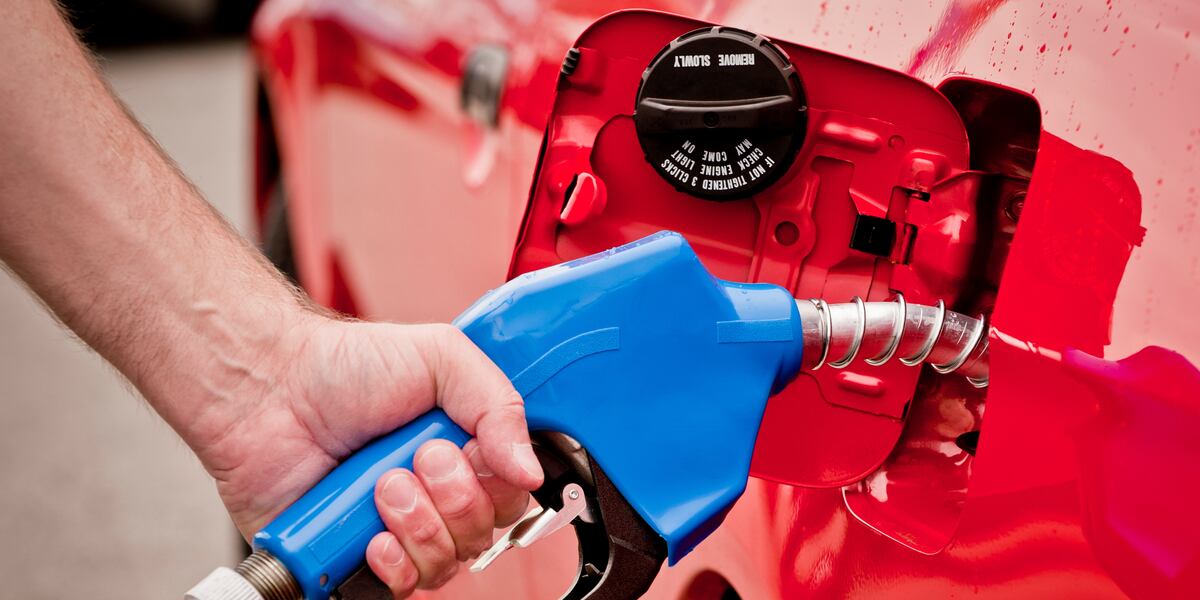
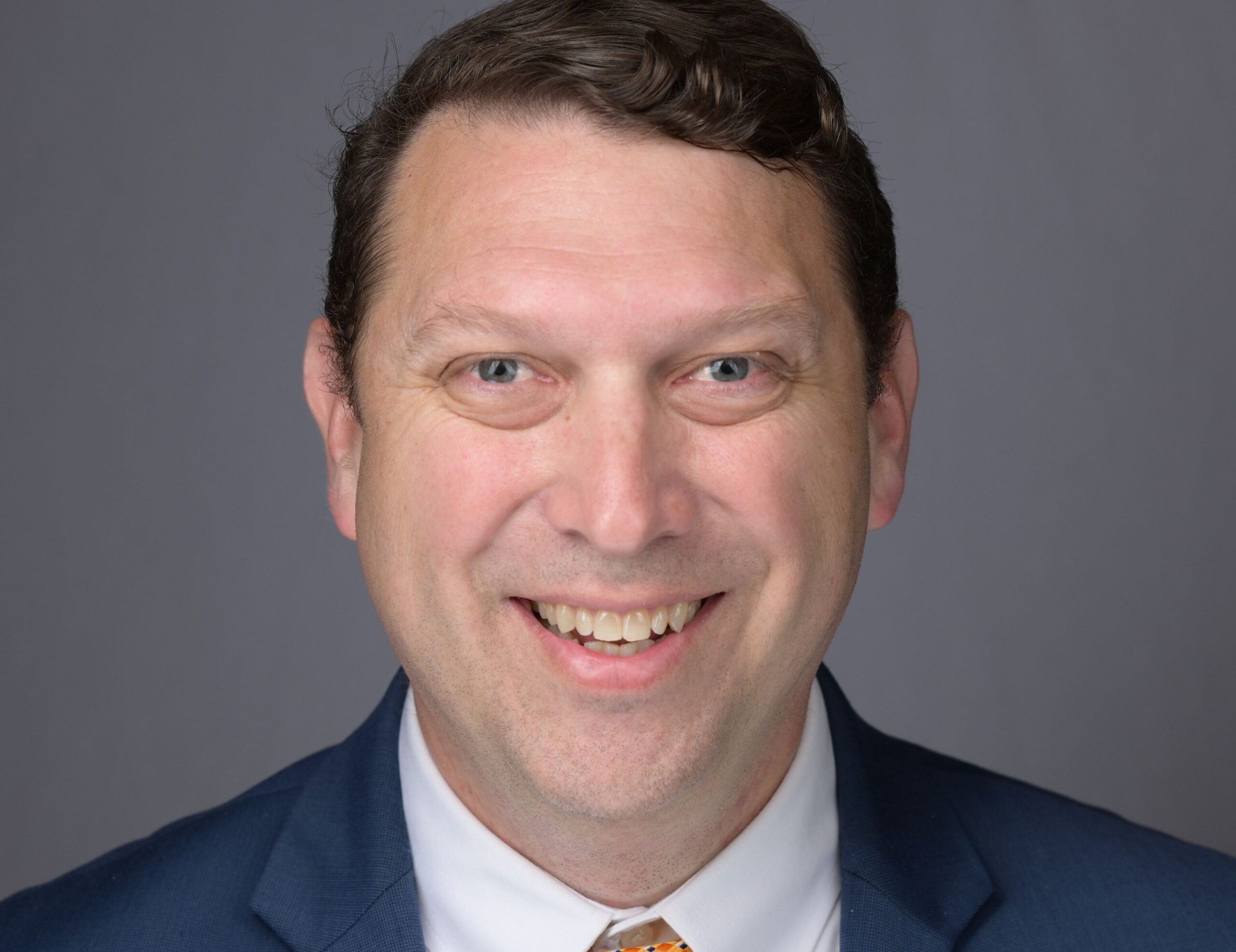
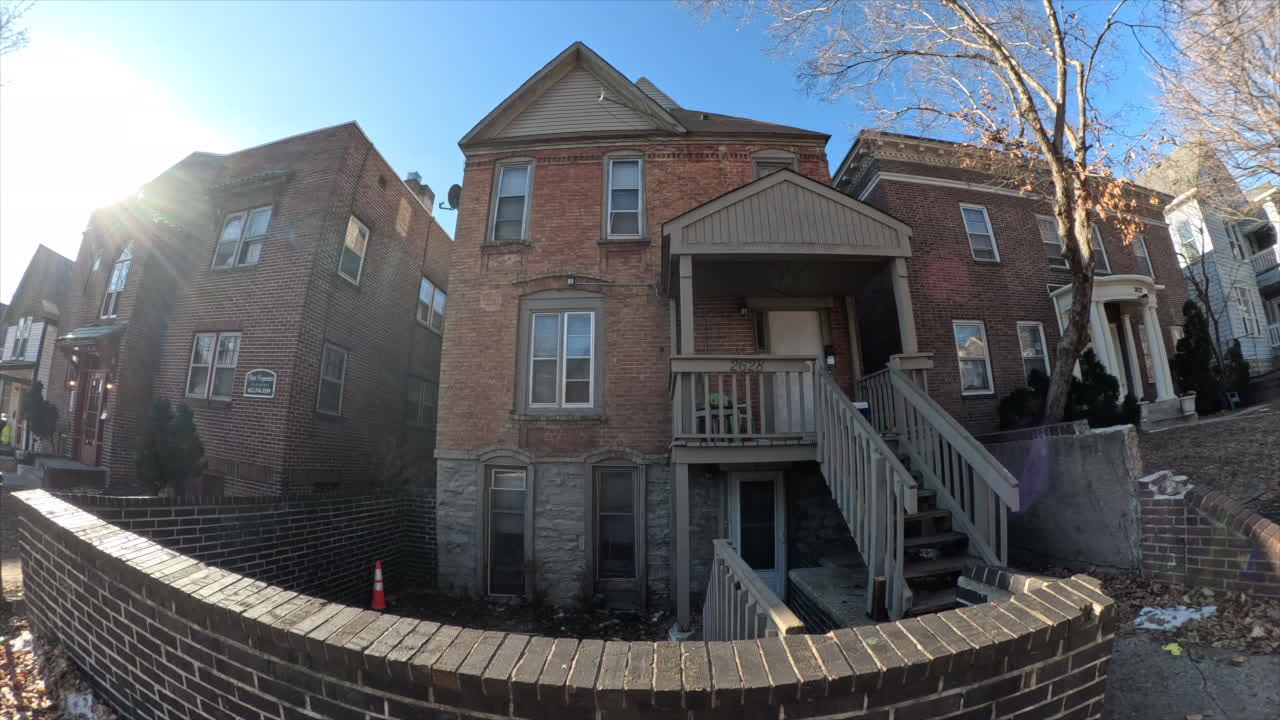

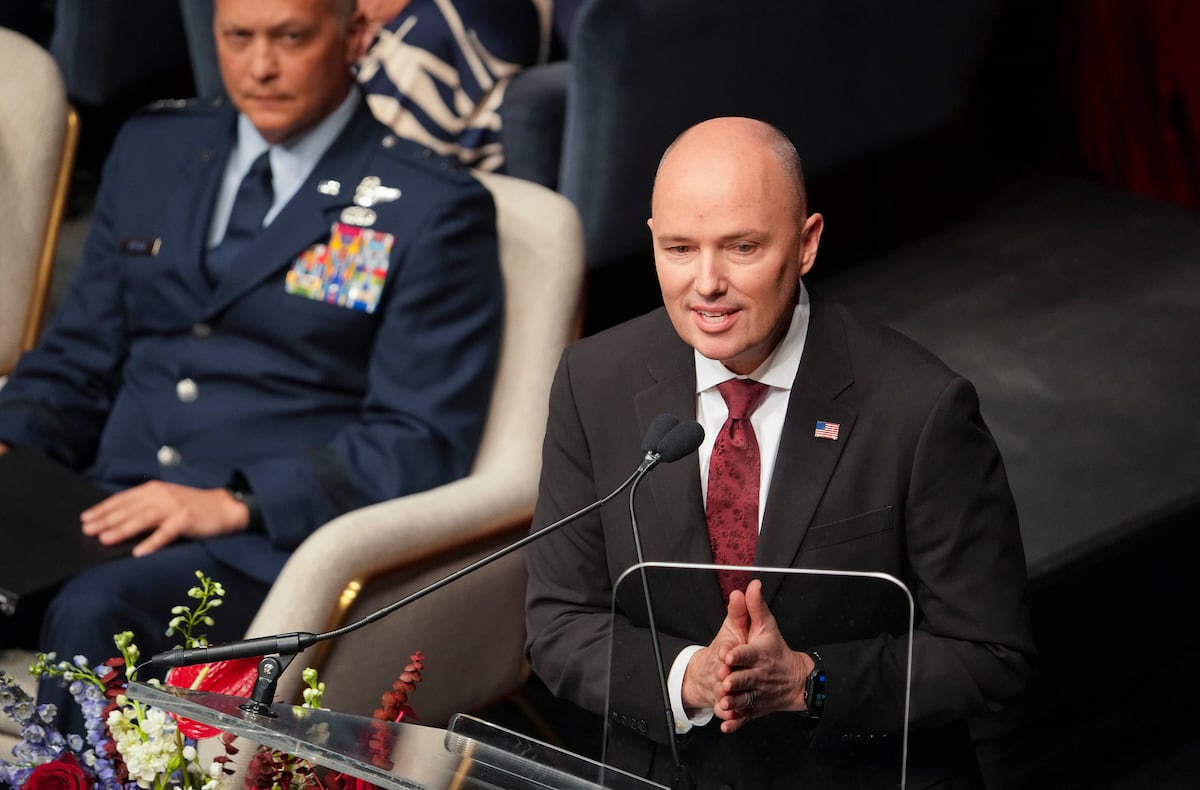

/cdn.vox-cdn.com/uploads/chorus_asset/file/25825427/2192342441.jpg)
